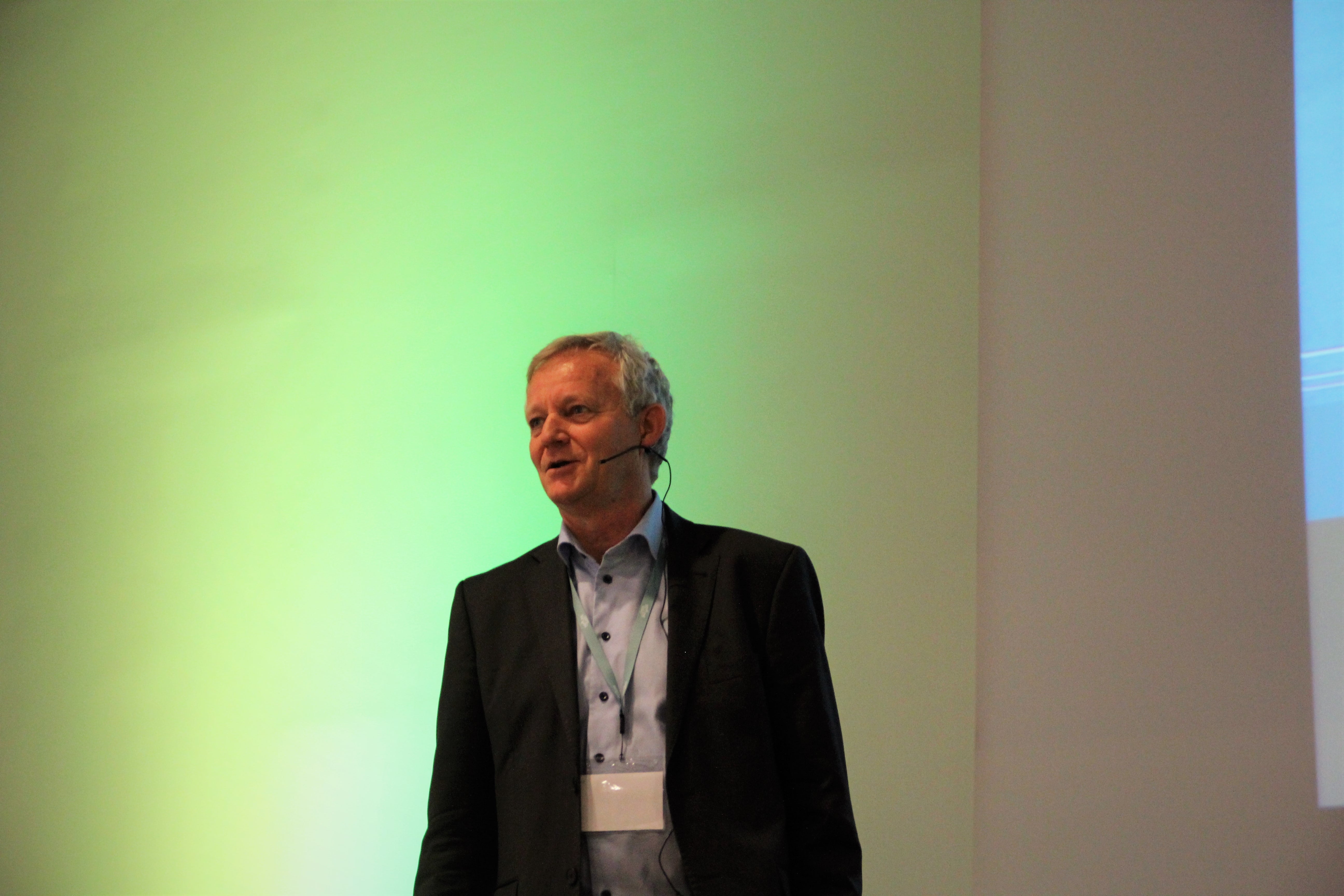– Epsilon is an “old friend of mine” which I have known since the 1980s. It is a structure (now known as the Grind prospect), that I, as well as other companies, have considered and passed on more than once, said Geir Lunde, CEO at Concedo, at the NCS Exploration Strategy 2019 conference in Stavanger on November 21st.
The prospect, PL 889, has been matured over a long time period. It was first mapped by Norsk Hydro in the 1980s, later held by Neste/Fortum Petroleum, and from 2017 – 2019 by Concedo together with a partner. Concedo exited PL 889 in early 2019. Early next year, it will finally be drilled.
So why did Concedo exit?
– The structure, reservoir, trap, and overall setting looked good. Migration of fluids was the key uncertainty, but an analysis indicated a high probability of former migration.
According the Lunde, the area was favourable for electromagnetic (EM) data acquisition with its high water depth, geology with low resistivities, a shallow prospect, and large structure. This means the probability of detecting any hydrocarbons would be high.
EM is a method for mapping resistivity in the subsurface. The result is a picture of the subsurface that can be interpreted with regards to the content of fluids in the reservoir rock. Saline water formations typically displays low resistivities, while hydrocarbon-filled formations have high resistivity.
– So when the EM data revealed no indications of hydrocarbon, we chose not to submit our APA 2012 application for Epsilon.
Concedo and a partner later got Epsilon as a part of an area they applied for and was awarded, which contained another main prospect. They, therefore, decided to do a re-inversion of the 2012 EM line, but the results were the same, and Concedo maintained a negative view on Epsilon. They exited the license earlier in 2019.
Now, current licence holder and operator Neptune Energy is set to drill the Grind (Epsilon) prospect in early 2020.
– We feel that the structure was suited for EM data acquisition, and when the data told us that there weren’t any hydrocarbons present, we listened. It will be very exciting to see the drill results. I will either make a fool of myself (large discovery), or the well will turn out dry (or small discovery), in which the lesson will be that we need to trust and use EM data more than we as an industry do today, especially when a negative conclusion is supported.





